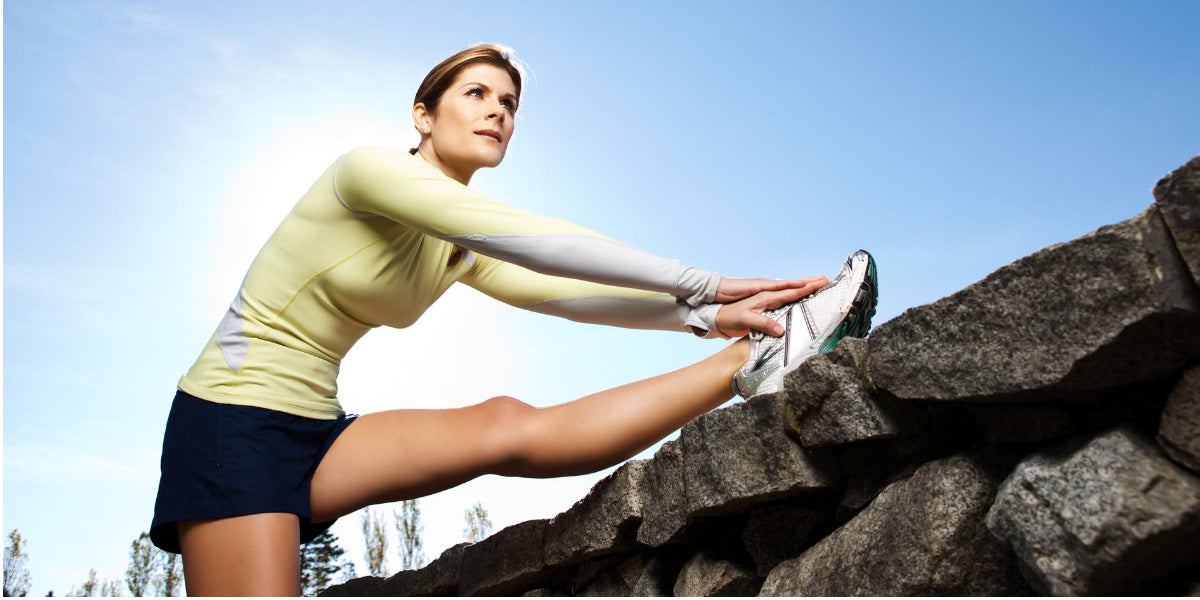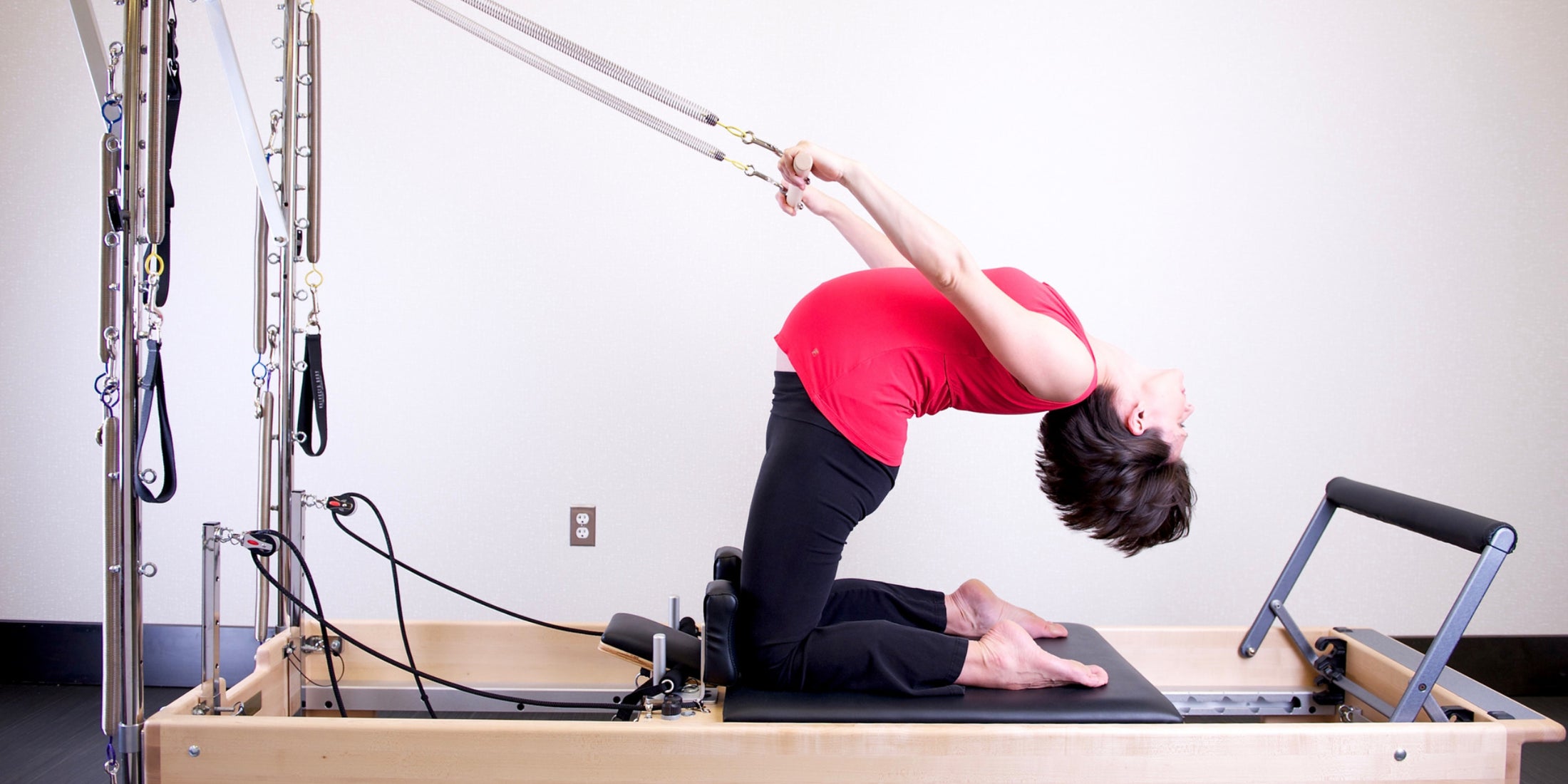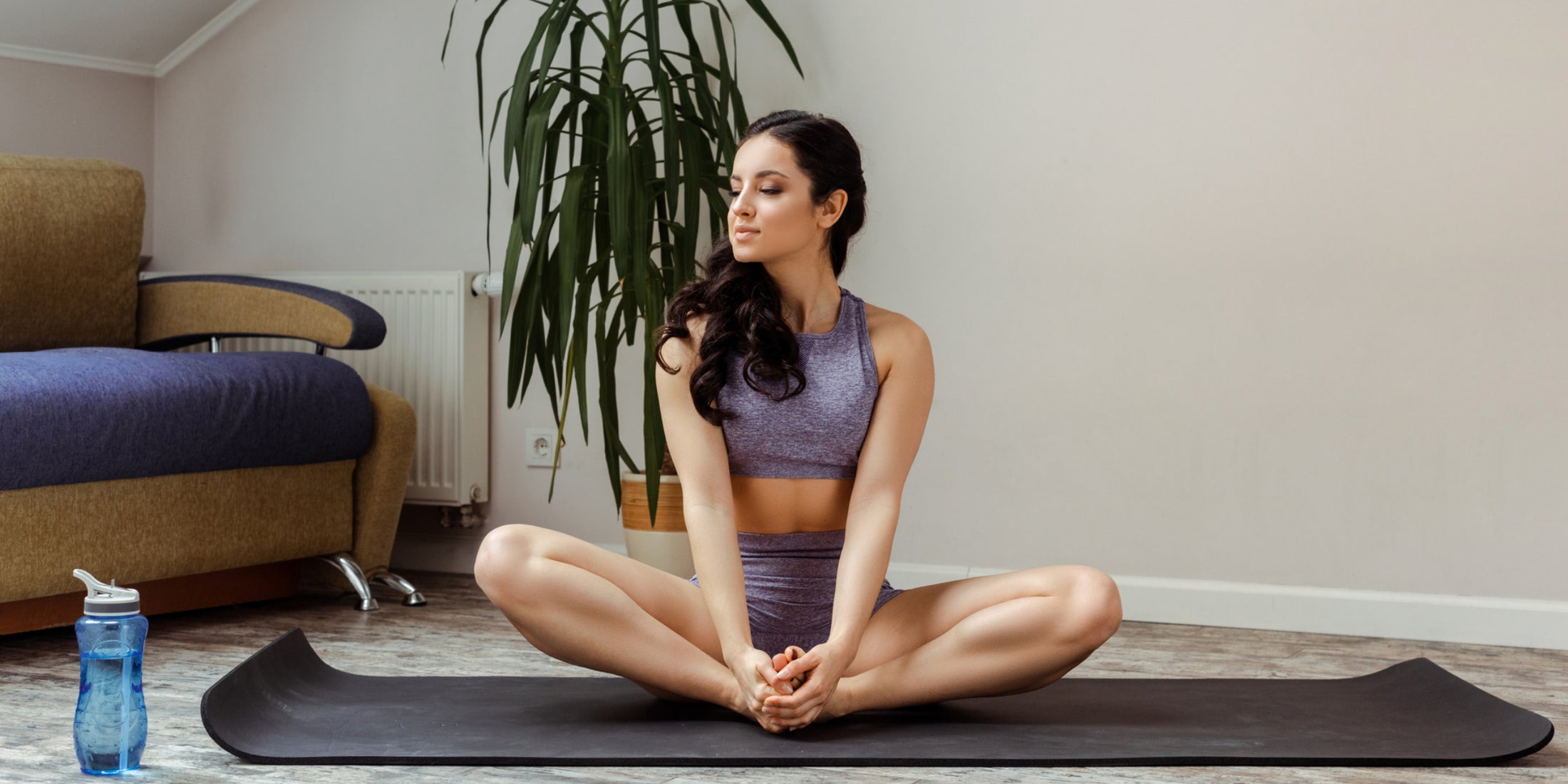Stretching is often overlooked or skipped by many people who exercise, but it is actually a vital part of any fitness routine. Stretching can help you prepare your body for physical activity, improve your range of motion and flexibility, prevent injuries and soreness, and enhance your mental well-being. In this article, we will explore the benefits of stretching before and after exercise, as well as some common mistakes to avoid and tips to follow.
Is It Good to Stretch Before Exercising?

Stretching before exercise can help you warm up your muscles, joints, and connective tissues, which can improve your performance and reduce your risk of injury. Stretching can also increase your blood flow and oxygen delivery to your muscles, which can boost your energy and endurance. Additionally, stretching can help you mentally prepare for your workout, as it can calm your nerves, increase your focus, and motivate you to achieve your goals.
However, not all types of stretching are suitable for a pre-workout session. You should avoid static stretching, which involves holding a stretch for a long time, as it can decrease your muscle strength and power. Instead, you should opt for dynamic stretching, which involves moving through your full range of motion in a fluid and controlled manner. Dynamic stretching can mimic the movements you will perform during your workout, such as lunges, squats, arm circles, or leg swings. Dynamic stretching can also activate your nervous system and enhance your coordination and balance.
Why Stretch After Exercising?
Stretching after exercise can help you cool down your body and restore your normal heart rate and breathing. Stretching can also prevent muscle stiffness and soreness, which can occur due to the buildup of lactic acid and micro-tears in your muscle fibers. By stretching after exercise, you can facilitate the removal of waste products and the delivery of nutrients to your muscles, which can speed up your recovery and promote muscle growth. Furthermore, stretching after exercise can improve your flexibility and range of motion, which can prevent muscle imbalances and joint problems. Stretching can also relax your mind and body, as it can release endorphins, reduce stress, and improve your mood.
For a post-workout session, you should choose static stretching, which involves holding a stretch for 10 to 30 seconds. Static stretching can help you lengthen your muscles and improve your joint mobility. You should focus on stretching the major muscle groups that you worked during your exercise, such as your chest, back, shoulders, arms, legs, and core. You should also stretch gently and gradually, without bouncing or forcing your muscles beyond their limits. You should breathe deeply and evenly, and hold each stretch until you feel a mild tension, not pain.

Common Stretching Mistakes and How to Avoid Them
Although stretching can be beneficial for your health and fitness, it can also be harmful if done incorrectly. Here are some common stretching mistakes and how to avoid them:
- Not warming up before stretching: Stretching cold muscles can cause injury and pain. You should warm up for at least 5 to 10 minutes with light aerobic activity, such as walking, jogging, or cycling, before you stretch.
- Using improper stretching techniques: Stretching with poor form can reduce the effectiveness of the stretch and increase the risk of injury. You should use proper alignment, posture, and technique when stretching, and avoid twisting, jerking, or overextending your joints. You should also follow the instructions and guidance of a certified trainer, coach, or physiotherapist, or use reliable sources, such as this guide from Mayo Clinic, to learn how to stretch correctly.
- Overstretching your muscles: Stretching too hard or too long can damage your muscles and connective tissues. You should stretch only to the point of mild discomfort, not pain, and hold each stretch for no more than 30 seconds. You should also listen to your body and stop or modify the stretch if you feel any sharp or severe pain, tingling, numbness, or swelling.
- Doing bouncy stretches: Bouncing while stretching can cause your muscles to contract and tighten, which can lead to injury and pain. You should stretch smoothly and slowly, without bouncing or jerking. You should also avoid ballistic stretching, which involves rapid and forceful movements, such as kicking or swinging your limbs, as it can be dangerous and ineffective.
- Not stretching often enough: Stretching once in a while is not enough to maintain or improve your flexibility and range of motion. You should stretch regularly and consistently, at least two to three times a week, or more if you have tight or stiff muscles. You should also stretch before and after every workout, and whenever you feel tense or sore.
- Holding your breath while stretching: Breathing is essential for stretching, as it can help you relax your muscles and increase your oxygen supply. Holding your breath while stretching can cause your muscles to tense up and reduce your blood flow, which can limit your range of motion and increase your risk of injury. You should breathe deeply and rhythmically while stretching, and exhale as you move into the stretch.
- Stretching an injured muscle: Stretching a muscle that is injured or inflamed can worsen the condition and delay the healing process. You should avoid stretching a muscle that is sore, swollen, bruised, or torn, and consult your doctor or physiotherapist before resuming any stretching or exercise. You should also follow the RICE protocol (rest, ice, compression, and elevation) to treat your injury and reduce the pain and inflammation.
Renpho Health Tips
-

5 Stretching Exercises You Can Do To Power Your Cardio Workout
February 5, 2023
Read more >
-

How Pilates Can Boost Your Core Strength and Flexibility
November 3, 2023
Read more >
-

The Power of Yoga on Your Mental Well-Being
November 5, 2023
Read more >
-

Show Your Body Love as You Embark on Your Fitness Journey
October 18, 2023
Read more >
-

Rest and Recovery: Why They Matter More Than You Think
October 19, 2023
Read more >



































